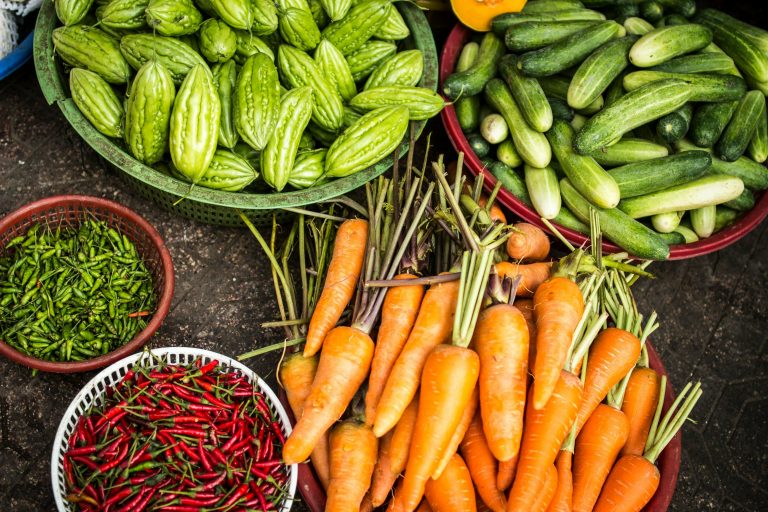How to Start a Small Community Garden: A Step-by Step Guide

Community gardens are an excellent way to bring people together, promote healthy eating, and improve local environments. If would like to know how to start a small community garden, follow these steps to ensure a successful and sustainable project.
Step 1: Assess Interest and Form a Group
1.1 Gauge Community Interest in a Garden
- Host a meeting or survey to determine the level of interest in your community for starting a small community garden. Use social media, local newspapers, and community boards to spread the word.
- Gather feedback on what types of plants and activities people are interested in for a small community garden.
1.2 Form a Community Garden Planning Committee
- Create a diverse committee with members who have various skills, such as gardening, fundraising, and project management, specifically for a small community garden.
- Establish roles and responsibilities within the group to ensure smooth operation.
Step 2: Identify and Secure a Location
2.1 Evaluate Potential Sites for your Small Community Garden
- Look for accessible land that receives ample sunlight and has a water source nearby, suitable for a small community garden.
- Consider vacant lots, school grounds, parks, or church properties for your small community garden.
2.2 Secure Land Use Permissions
- Contact landowners or local authorities to obtain permission for renting, buying, or borrowing the land for a small community garden.
- Draft a lease agreement if necessary, detailing the terms of use and duration.
Step 3: Plan and Design the Garden
3.1 Conduct a Site Assessment
- Test the soil for contaminants and fertility. Local agricultural extensions or universities can often assist with this.
- Map out the area, noting sunlight patterns, existing vegetation, and potential obstacles, keeping in mind the scale of a small community garden.
3.2 Design the Layout
- Decide on the garden’s layout, including pathways, plot sizes, communal areas, and storage facilities, suitable for a small community garden.
- Consider accessibility for all community members, including those with disabilities.
Step 4: Gather Resources and Materials
4.1 Source Tools and Supplies
- Collect essential tools such as shovels, rakes, hoes, watering cans, and wheelbarrows.
- Look for donations from local businesses, garden centers, or community members to support your small community garden.
4.2 Obtain Seeds and Plants
- Choose plants that are suitable for your climate and soil conditions.
- Consider starting with easy-to-grow vegetables, herbs, and flowers for your small community garden.
Step 5: Organize the Community Garden's Operations
5.1 Develop Garden Rules and Guidelines
- Establish rules for plot assignments, maintenance responsibilities, and conflict resolution.
- Set guidelines for organic practices, composting, and pest control.
5.2 Create a Maintenance Schedule
- Organize a schedule for watering, weeding, and other maintenance tasks.
- Encourage volunteers to sign up for regular shifts to ensure consistent care.
Step 6: Engage the Community and Promote the Garden
6.1 Host an Opening Event
- Plan a grand opening to celebrate the launch of the small community garden.
- Invite local media, community leaders, and residents to attend.
6.2 Promote the Garden
- Use social media, newsletters, and community boards to keep the community informed about events and progress.
- Encourage local schools and organizations to participate and support the small community garden.
Step 7: Ensure Sustainability and Growth
7.1 Seek Funding and Grants
- Apply for grants and seek donations to fund ongoing expenses and improvements.
- Host fundraisers and community events to generate additional support.
7.2 Plan for Future Expansion
- Assess the garden’s success and consider expanding with more plots or additional features like a greenhouse or educational programs.
- Continuously gather feedback from gardeners to make improvements.
Starting a small community garden is a rewarding endeavor that can bring numerous benefits to your neighborhood. By following these steps, you can create a thriving community space that fosters collaboration, health, and environmental stewardship. Happy gardening!
Resources to Get Started
Here are some recommended books to help you with starting your garden. Some links are affiliate links, which means that I will earn a small percentage of your purchases, but it doesn’t cost you anything extra.
Recent Posts
The Importance of Food Sovereignty for Sustainable Food Systems Food sovereignty is a concept that is gaining increasing attention in discussions about sustainable agriculture, food security, and...
The Benefits of Growing Heritage Plants Heritage plants, also known as heirloom varieties, are a vital part of our agricultural history and play a crucial role in promoting biodiversity and...
The Critical Importance of Seed Saving for Sustainable Agriculture and Food Security In today’s rapidly changing world, the importance of seed saving cannot be overstated. Seed saving, the...
The Importance of Animals in Sustainable Food Systems: A Comprehensive Guide Animals play a crucial role in creating sustainable food systems. Their contributions go beyond providing meat and dairy;...
How to Be Mindful of Where Your Food Comes From Being mindful of where your food comes from is essential for making healthier choices, supporting sustainable practices, and fostering a deeper...
How to Start a Small Community Garden: A Step-by Step Guide Community gardens are an excellent way to bring people together, promote healthy eating, and improve local environments. If would like to...
The Collaborative Food Project Mission The Collaborative Food Project was started with several ideas about food quality and food access in mind. The Collaborative Food Project’s mission is based...





